Affiliate links on Android Authority may earn us a commission. Learn more.
Apple iPad Pro (2020) review: Still the best tablet
May 18, 2022
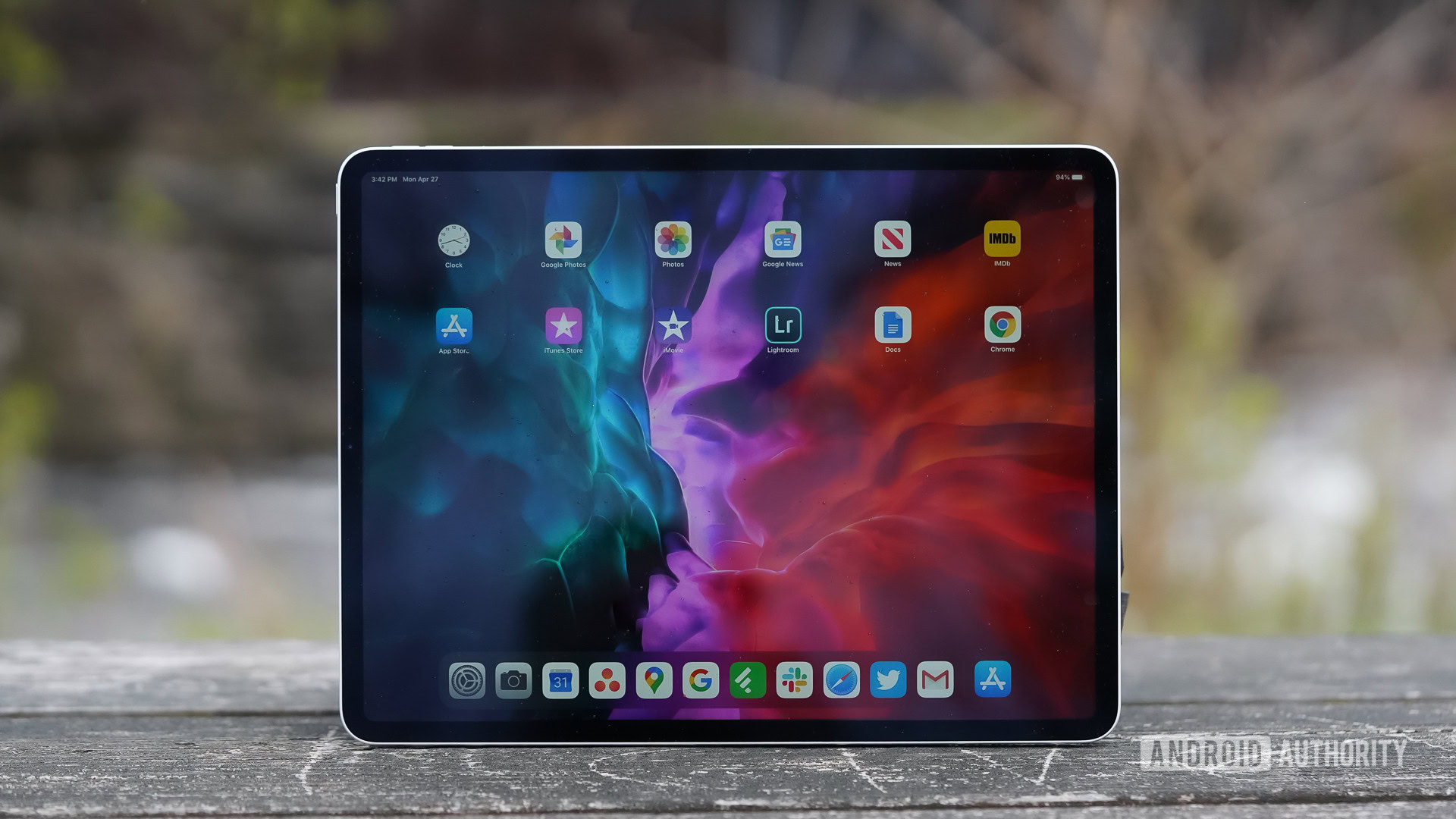
There are tablets and there is the iPad. Apple’s iPad is a workhorse, a gaming platform, a social distancing portal, and is a breeze for most anyone to use. The 2020 Apple iPad Pro is the most powerful version of the fruit company’s slate-style machines, and the fresh hardware heralds new productivity powers.
In the Android Authority Apple 2020 iPad Pro review, we assess whether or not it is the tablet for those already steeped wholly in Google’s ecosystem.
Apple iPad Pro review: Who is it for?
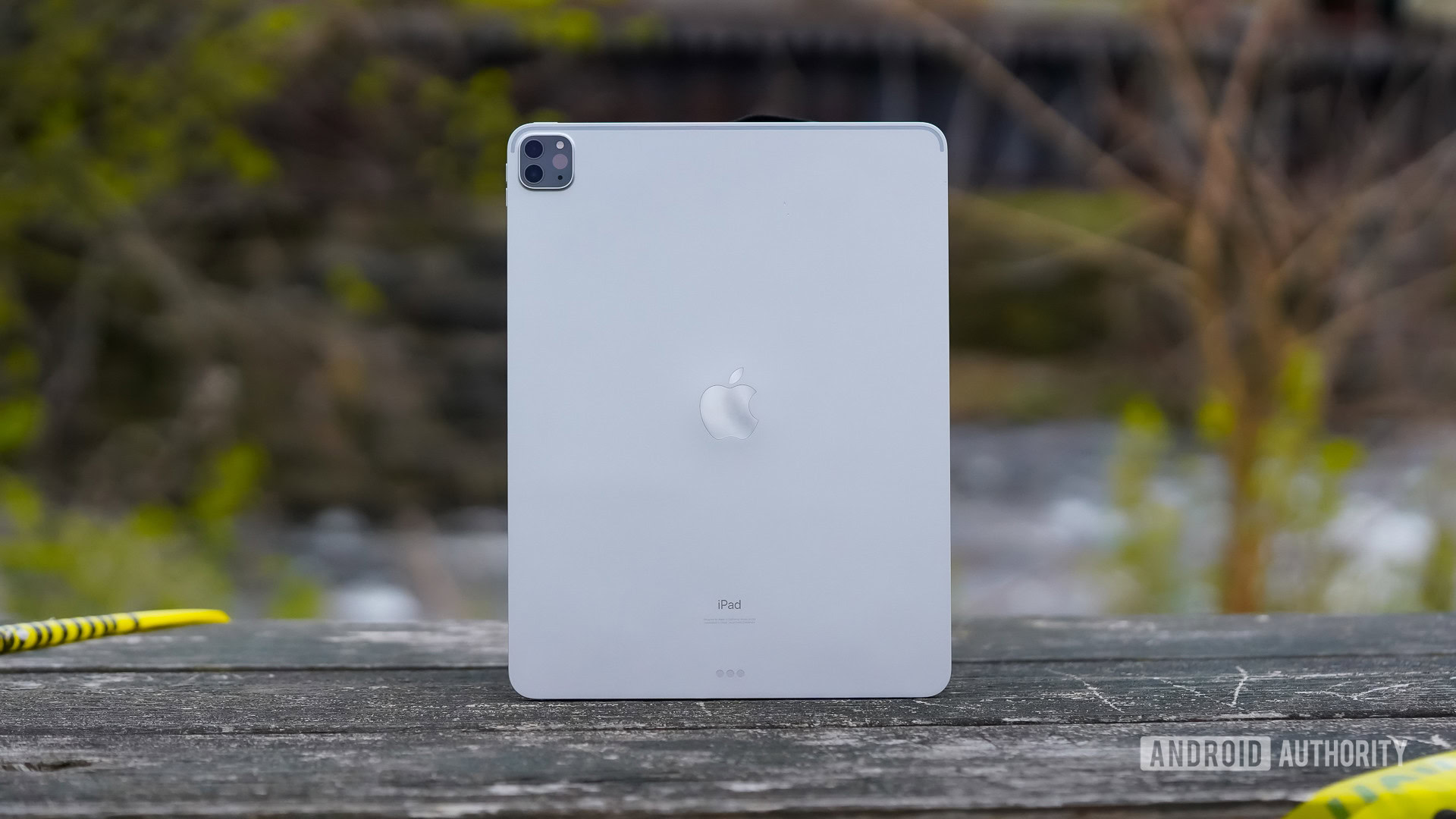
Consumers are not lacking in choice when it comes to tablets. Professional-grade and consumer-level Android slates such as the Samsung Galaxy Tab S6 and S6 Lite, and HUAWEI MatePad Pro and MediaPad arrive each year. Amazon has its own line of budget-friendly, consumption-focused Fire tablets that it reheats every so often. Microsoft offers both professional and consumer versions of its Surface tablet, as well.
Apple has several lines of tablets: the iPad Mini, the iPad, the iPad Air, and the iPad Pro. As you can imagine, the Pro is the most fully-featured, and most expensive, member of the family. With its top-of-the-line processor, generous display, and classy hardware, the Apple iPad Pro targets mobile workers and content creators mores than casual Netflix streaming.
If you’re in the market for a machine that gets work done, the iPad Pro should be on your list.
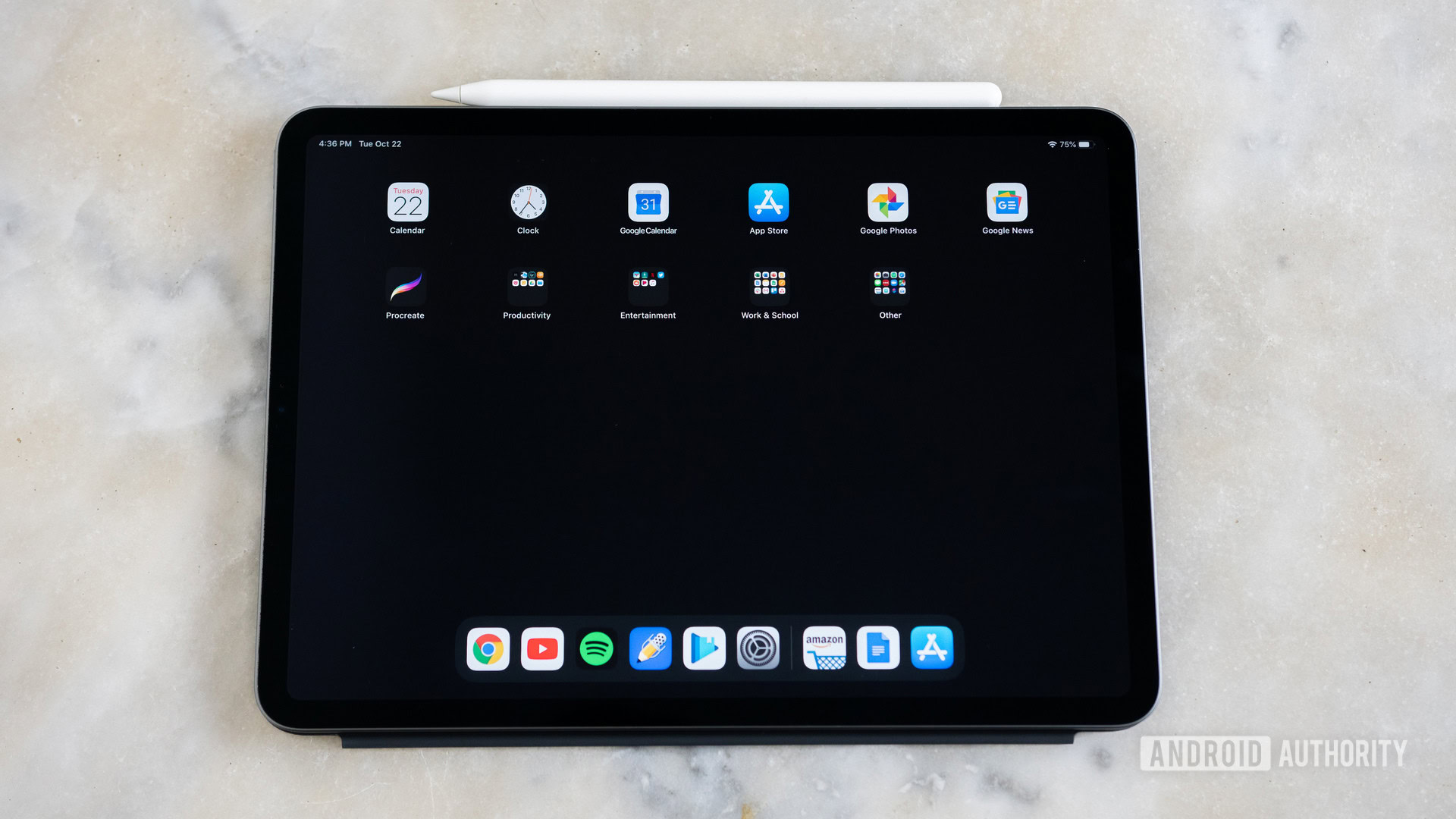
What is it like to use the iPad Pro?
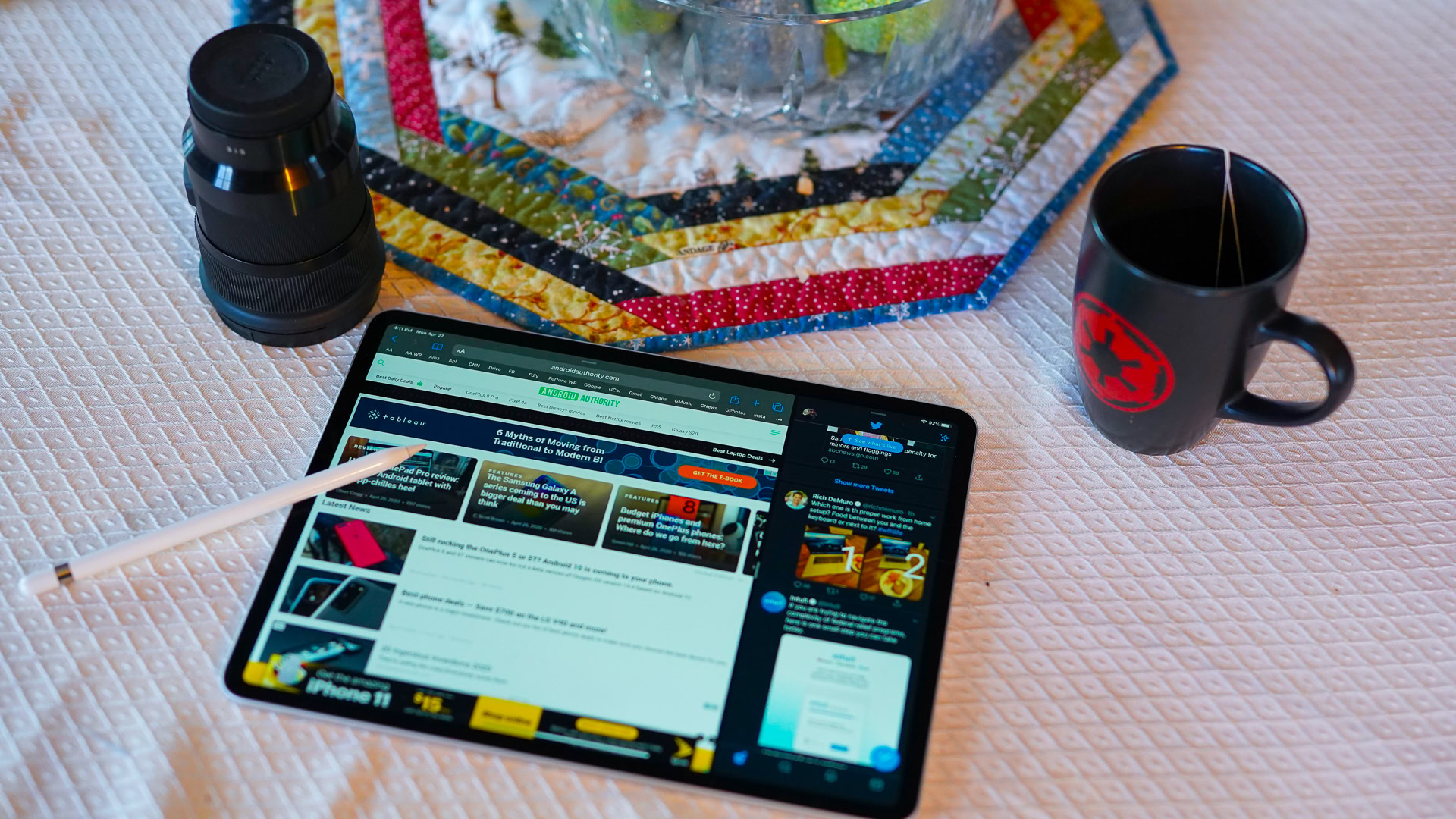
The 2020 Apple iPad Pro comes in two sizes: 11 inches and 12.9 inches. We tested the larger of the two, as it offers an experience that’s a bit closer to using a full laptop. Apple ships the slate with just a charging cable. No headphones, no dongles, nothing else is in the box at all.
You can’t complain about the hardware much. The 2020 iPad Pro carries over the design of the late 2018 iPad Pro. That means it has flat side edges, rounded corners, and perfectly flat front and back surfaces. The edges are rather sharp; the front is glass and the rest of the chassis is aluminum. I’m a fan of this design. The iPad Pro is incredibly slim (5.9mm) and light (1.41lbs/641g). It’s easy to sling around in a backpack; you hardly know it’s in there. Like many Apple products, the quality of materials and manufacture is second to none.
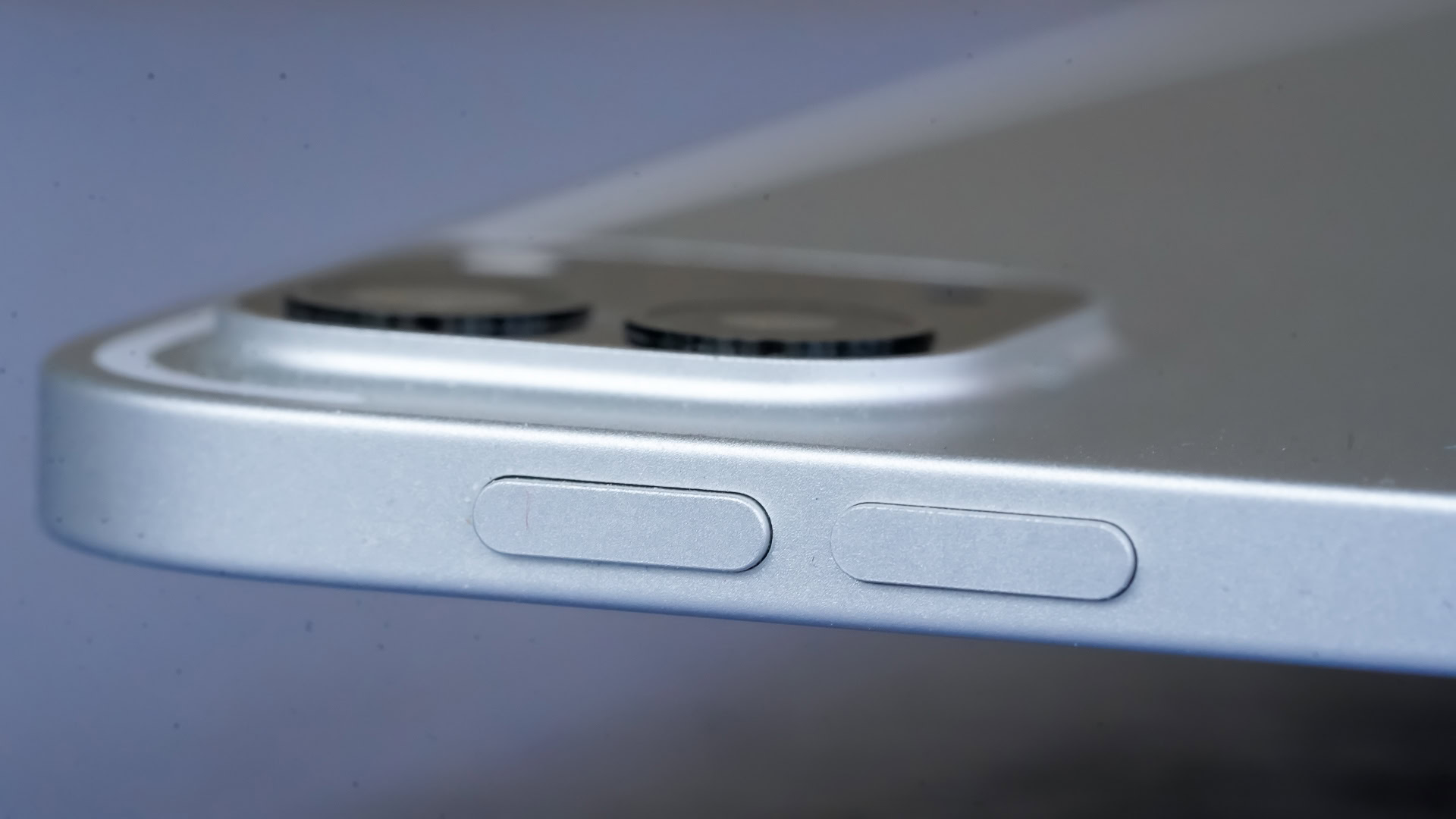
Physical functional controls are limited. The power button is located on the right corner of the top edge when you hold the tablet as you would a sheet of paper (portrait orientation). The volume buttons are just around the corner from it on the right edge. All three have excellent travel and feedback. A series of drilled holes on the top and bottom edges denote the quad-speaker setup. A USB-C port is on the bottom. LTE models include a SIM card slot on the side edge. The user-facing camera and FaceTime camera are buried in the top bezel and are essentially invisible. There is no fingerprint reader or home button.
Like many Apple products, the quality of materials and manufacture is second to none.
The most important element on the rear panel is the Smart Connector. These three metal dots, located near the bottom edge, are how the iPad Pro connects to Apple’s Magic Keyboard and Folio cases. The Smart Connector allows the iPad to skip power-sucking Bluetooth for a direct connection. The dual-camera and LiDAR array is also on the rear. Tucked into the upper corner, array strongly resembles the unsightly camera module of the iPhone 11.
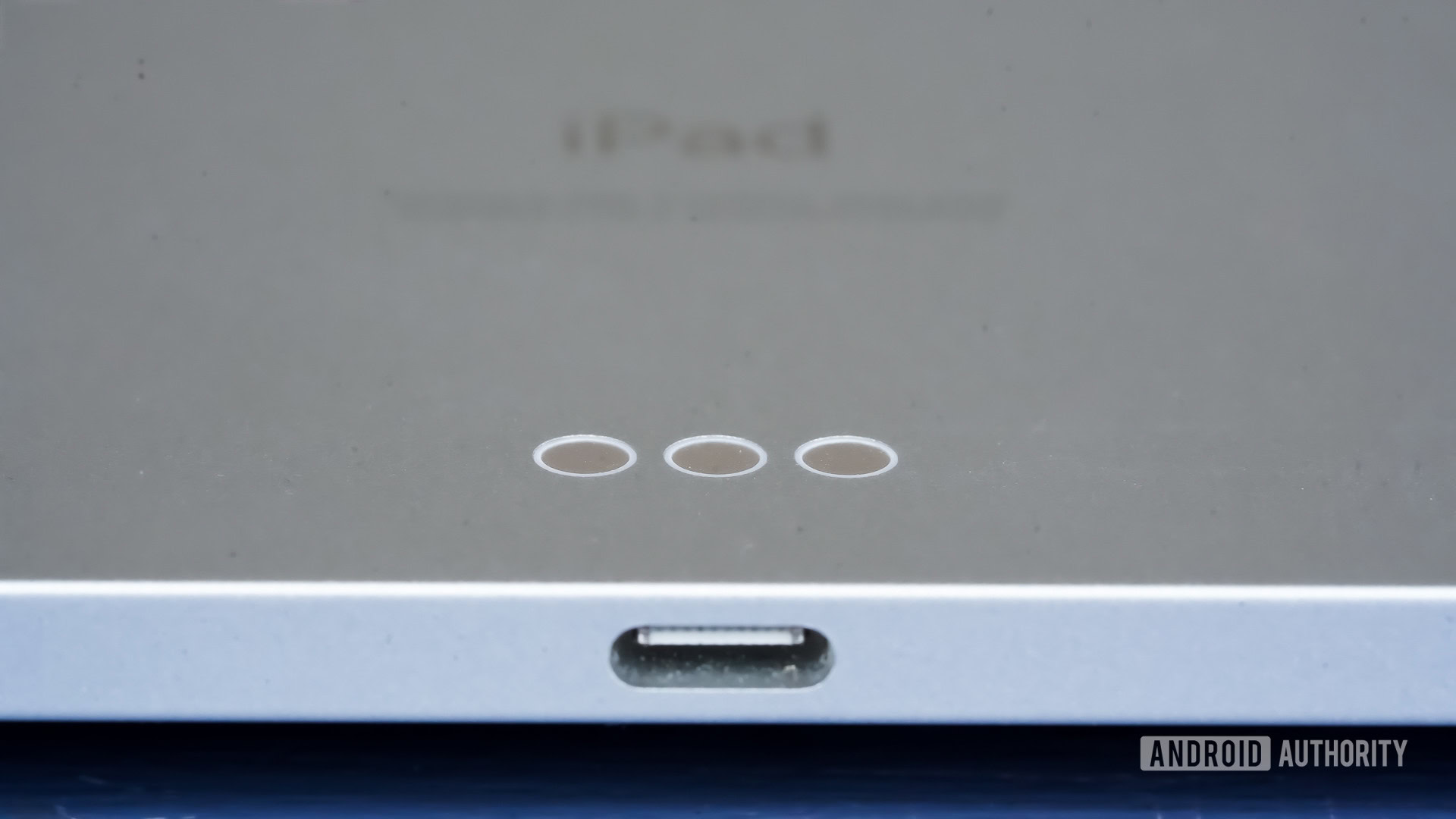
I found the 12.9-inch model to be a bit unwieldy to use as a slate. In other words, it’s not the most lap friendly tablet. The 11-inch model is much more conducive to triaging email or Slack on the couch or bus. On the flip side, the larger display of the 12.9-inch model is far more conducive to multitasking, as it gives apps more breathing room.
The iPad Pro is a slippery piece of hardware that comes across as fragile. I would never carry a tablet such as this around without some sort of case, folio, or cover, which would not only improve in-hand stability, but add a measure of protection. Of course, a case will add weight and bulk. (I would make the same suggestion for owners of any tablet.)
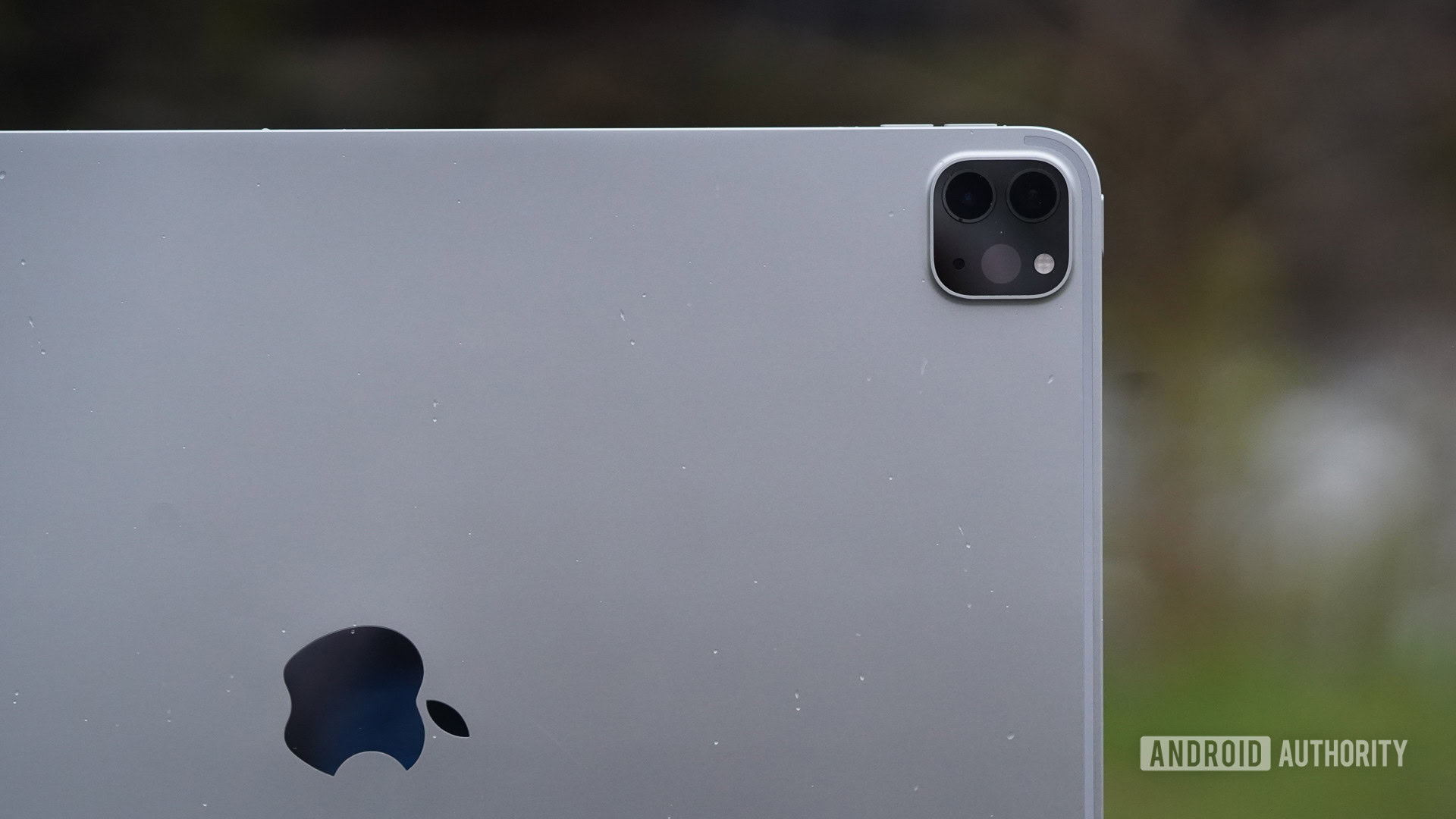
In absolute terms, the hardware is excellent.
How’s that screen?
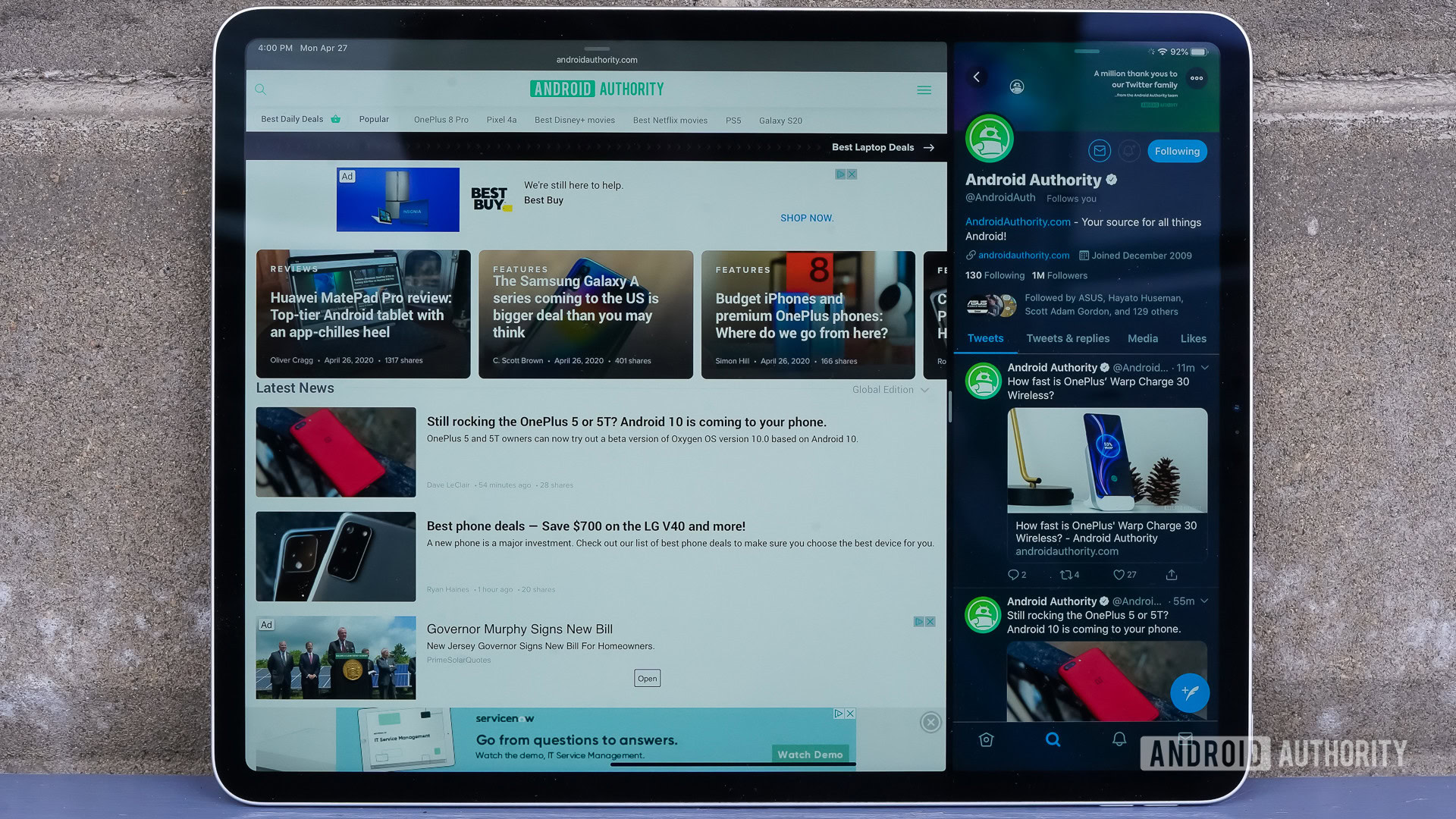
In a word: outstanding. The Apple iPad Pro has the best screen of any tablet, full stop.
Apple calls it the Liquid Retina display. The 12.9-inch panel is an IPS backlit LED with 2,732 by 2,048 pixels for a ppi of 264. What’s more important than the size and resolution is the rest of the technology behind the glass. To start, it’s a 120Hz panel, which is double the refresh rate of most other tablets. This gives the screen fluid-like motion when scrolling up and down web pages.
The screen is a P3 wide color display with True Tone, which automatically adjusts the color temperature depending on the ambient light. This may sound unnecessary, but let me tell you how welcome it is. You’ll notice the shift when you cozy up under a particularly yellow or white light source. Other tablet displays do this, but none so well as the iPad Pro. Apple favors accuracy in color over pushed tones. This is essential for creators.
The Apple iPad Pro has the best screen of any tablet, full stop.
Speaking of light, the screen puts out up to 600nits, which means it’s plenty bright for most any situation. You can use it at your favorite outdoor cafe on a sunny day and not have to worry about visibility. Moreover, it’s hardly reflective at all, which really helps reduce glare. I find the iPad Pro an excellent al fresco companion.
You will not find a better display in the tablet market.
Performance
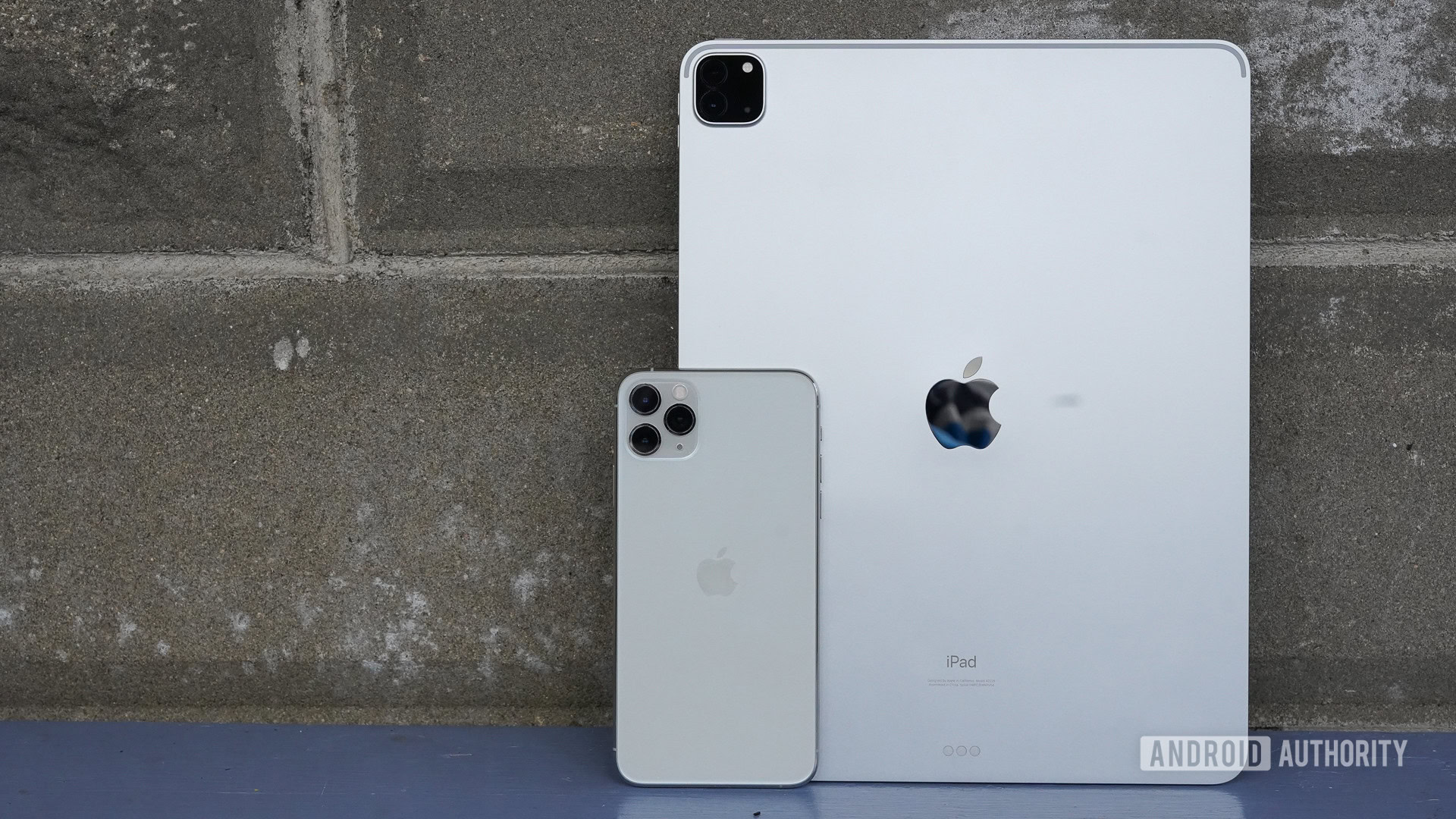
You don’t have to worry about speed. It’s worth pointing that Apple barely changed any of the specs of the tablet itself. Of the specs it did update, the processor is one of them. Don’t get too excited. The A12Z Bionic processor is a warmed-over version of the A12X Bionic that appeared in the 2018 iPad Pro. It’s fast. Really fast. I’ve never seen AnTuTu and 3DMark run so smoothly. The iPad Pro does absolutely everything in the blink of an eye, including load RAM-intensive apps, such as Lightroom.
The battery is one area where I wish Apple would do better. Apple has always targeted 10 hours of battery life on its iPads. That’s a fair amount of uptime, and it certainly gets you through a full workday or a cross-country flight. Still, I can’t help but think Apple should be targeting 12 or more hours of battery life with the iPad — particularly with one so large as the 12.9-inch iPad Pro.
Does the iPad deliver the goods? Sure. It is very consistent. I got a hair over 10 hours of battery life no matter how I used the device, be that responding to emails, listening to music, or catching up on Netflix series whilst on the treadmill.
iPadOS is here to work for you
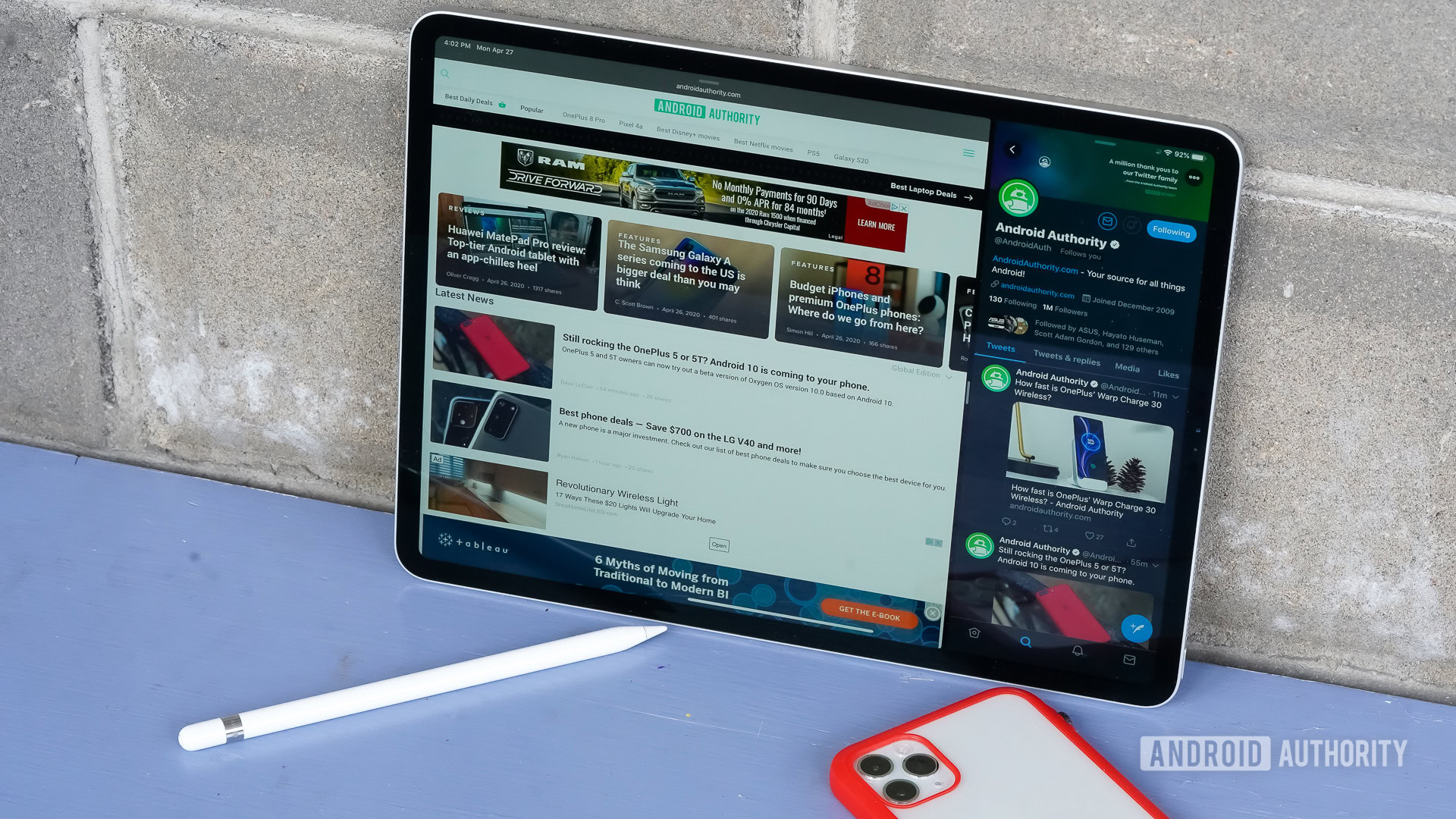
Apple separated iPadOS from iOS with the advent of iOS 13. In simplest terms, iPadOS contains more advanced multitasking gestures and other tools than are available to the iPhone. It’s not a perfect platform, but is now more capable than ever.
The fresh swipe-y moves on the screen take a minute to get used to. Once you do, you can easily manage multiple open apps at a time and arrange them in side-by-side windows for sharing content between them. As noted above, the larger 12.9-inch model offers far more space for apps to work next to one another than on the 11-inch model.
What’s more important to iPad owners than these tools, however, is the sheer volume of applications available to the iPad. Some of the most basic and critical business apps are a quick download from the iTunes App Store away (unlike the app-chilles heel of the HUAWEI MatePad Pro).
You can go full Google, full Microsoft, or full Apple, depending on your preferences or needs.
You can go full Google, full Microsoft, or full Apple, depending on your preferences or needs. Google and Microsoft each offer a whole array of productivity and communications apps that should make mobile professionals happy, including G Suite and Exchange for hooking into your corporate backend, or Google and Office 365 for personal productivity.
Google users will find Gmail, Maps, Calendar, Chrome, Docs, Sheets, Slides, Duo, Earth, Drive, Snapseed, and many other apps. Microsoft users will find Office, Word, Excel, PowerPoint, Outlook, OneDrive, OneNote, Skype, Teams, and more.
Apple’s own suite of productivity tools is robust, and easily syncs your files across iPad, iPhone, and Mac. Moreover, Adobe has an entire ensemble of photography and video editing apps, such as PhotoShop, Lightroom, and Premiere, meaning you can manipulate media to your heart’s desire.
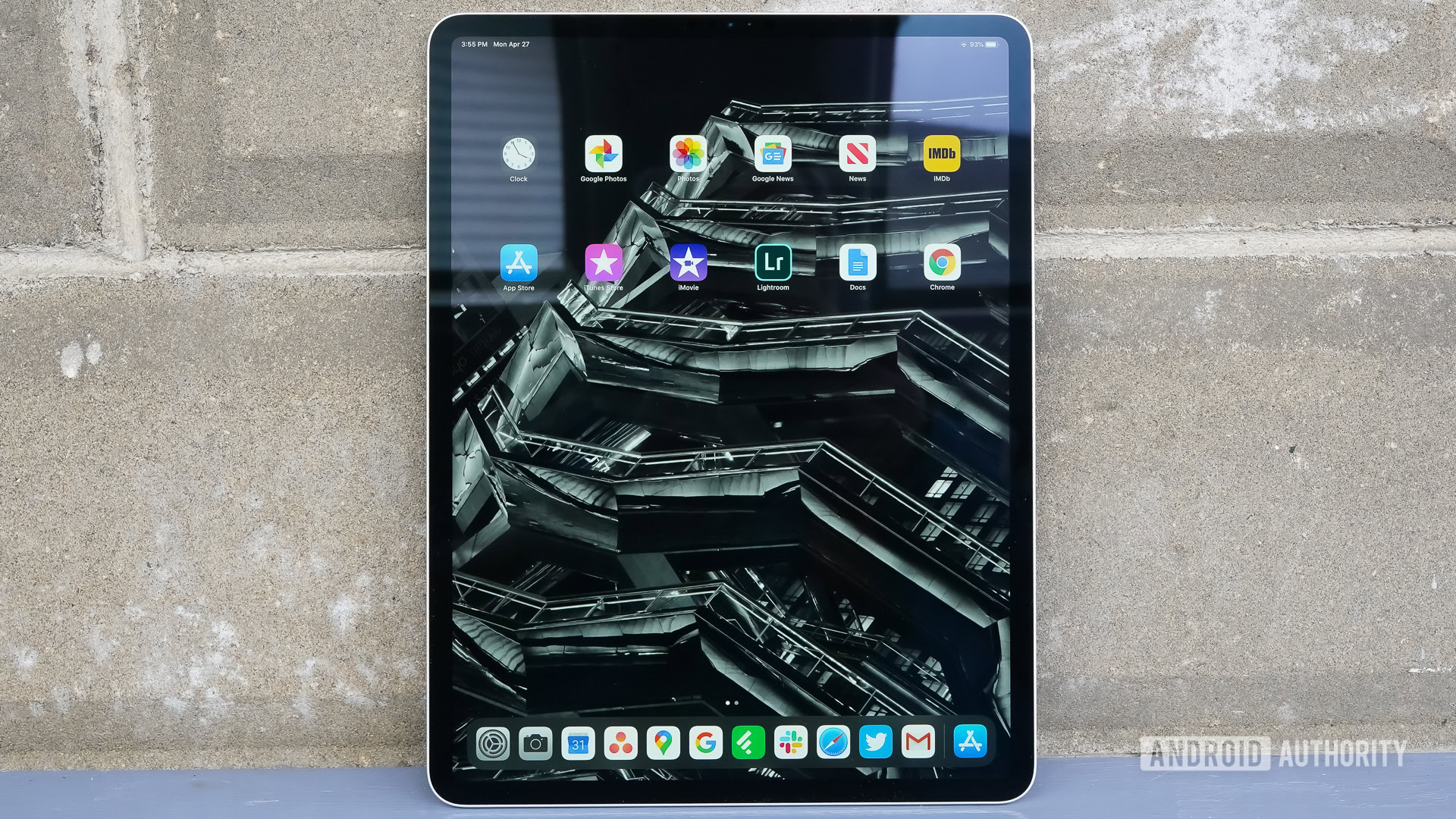
To be fair, you can run your Google or Microsoft work accounts from most any Android, Chrome, or Windows machine. Each platform requires its own level of finesse, and not everything works perfectly. Samsung (Dex) and HUAWEI’s desktop-like home screen UIs help with productivity a lot, particularly when compared to the standard Android home screen.
For people fully invested in the Google ecosystem, the iPad has you covered. Thanks to the stability of the platform and the wealth of apps, the iPad is a better Google tablet than many Android slates. Google was smart to ensure its core apps and services are present and accounted for. In short, Google has you covered on the iPad — as long as you can handle the idiosyncrasies of iPadOS.
Many people believe iPads are for watching Netflix. I’m telling you that you can probably get a lot — though perhaps not all — of your work done on Apple’s tablet. It’s a pro, after all.
Accessories are necessary
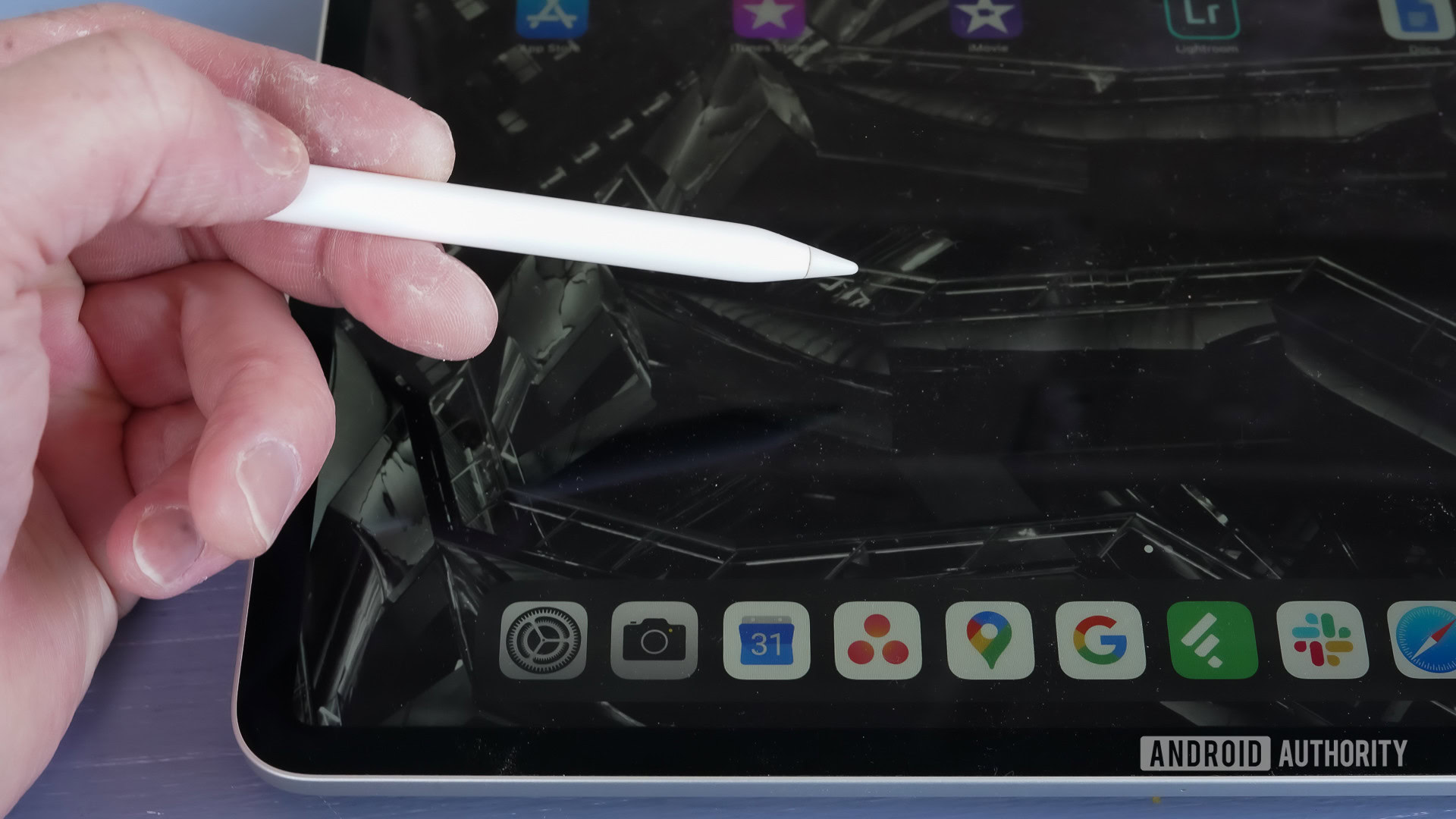
Buying the iPad Pro is a lot like buying a base model Porsche 911. The point of entry only gets you so far. With a 911, the base level includes a seat, steering wheel, engine, four wheels, and those famed body lines. If you want anything else, you have to start ponying up more cash. So it is with the Apple iPad Pro.
To start, it bugs me a little that the iPad Pro cannot stand on its own. There’s no built-in kickstand, which means some sort of standing case is absolutely necessary. You can get this from Apple (for $99!), or myriad third-party providers, such as OtterBox, Catalyst, and LifeProof, for less.
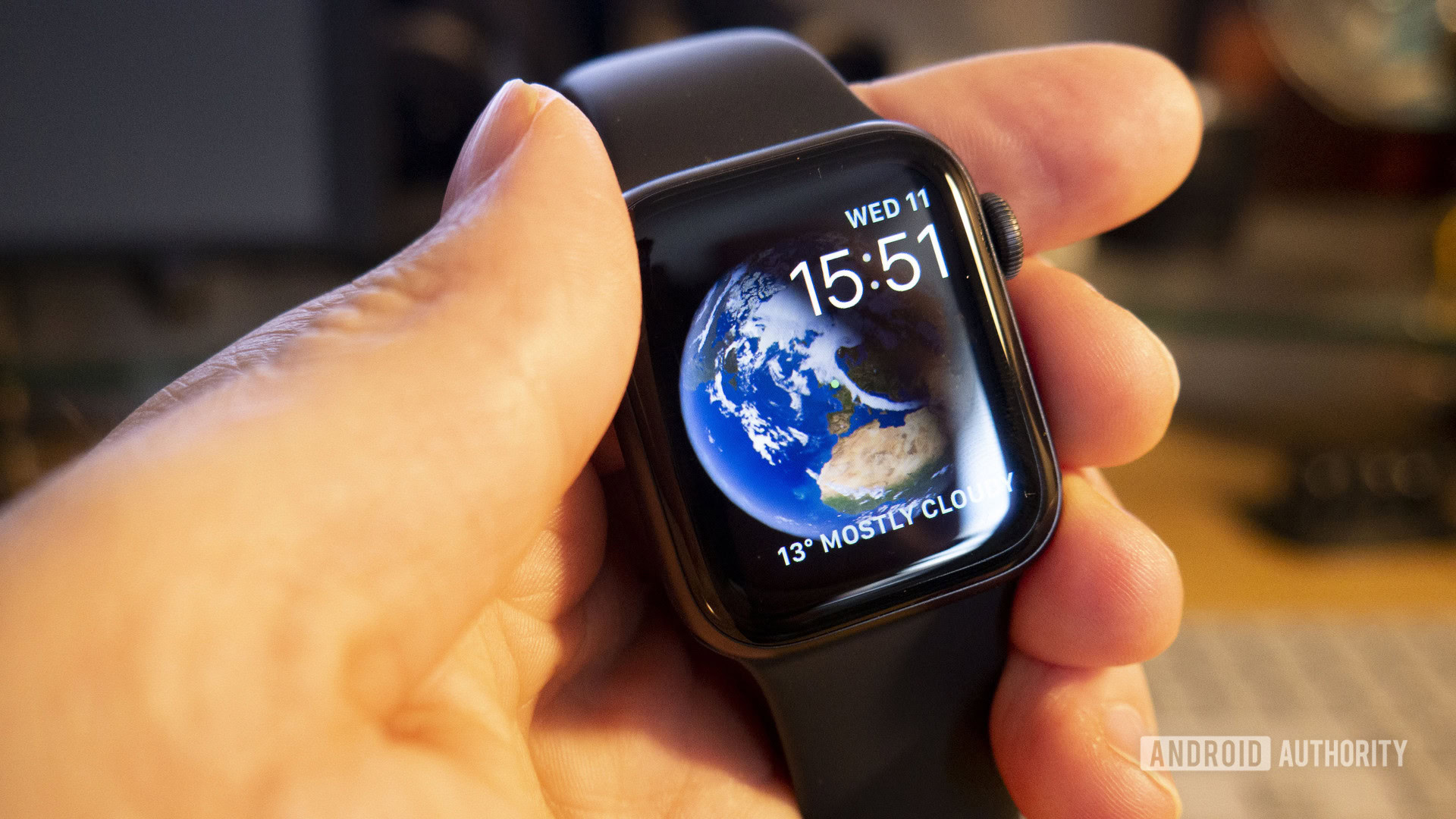
While a basic case is needed for protection and positioning, a keyboard is by far the most important accessory for the iPad Pro. We did not review the new Magic Keyboard, which includes a trackpad, but did pair the Apple iPad Pro with some third-party keyboards. Adding a physical set of keys transforms the iPad experience and is what truly takes it to the next level. Some good options are available from ZAGG and Logitech. Whatever style of keyboard you prefer, you’ll find it opens up a whole new realm of productivity.
New to the 2020 iPad Pro is support for mouse and trackpad input.
New to the 2020 iPad Pro is support for mouse and trackpad input. I paired the tablet with Apple’s own Magic Trackpad accessory and found that it worked well enough. It was a little laggy in moving the cursor around the tablet’s display, but it was better than no cursor at all. I’ve tested trackpads on Samsung and HUAWEI keyboard cases and found them to be buggy and slow. Apple’s implementation delivers a slightly better experience.
Then there’s the Apple Pencil. It is a vital accessory for artists and costs a whopping $125. If you prefer hand-writing notes or require the fine control of a pencil tip, the Apple Pencil work really well. It attaches to the iPad Pro magnetically, but you still have to be careful not to lose it.
Bottom line, you’re looking at spending hundreds of extra dollars on the accessories needed to transform the iPad slate into a(n almost) laptop killer. Samsung includes a cover and stylus with its Tab S6, as does HUAWEI with the MatePad Pro.
Logitech send us the Logitech Pebble i345 wireless mouse to assess and we spent some time with it. This little Bluetooth mouse features a number of characteristics that I like and some that I don’t. First, it has an on/off switch that makes it really easy to conserve power. Second, pairing is simple thanks to a dedicated button for entering pairing mode. Third, it’s small and light, yet solid and sturdy. I liked the scroll wheel for scrolling up and down web pages and document, and the the double-sided buttons for use with either the left or right hand. I don’t care so much for the power system. The Pebble i345 relies on a single AA battery. While AA batteries are often easy to come by, there’s always a chance you’ll get caught without a spare. I’d prefer to see a rechargeable offering here, but that would likely bump the price up from the affordable $30 mark.
Logitech sent us the Slim Folio Pro keyboard case to test out and I have to say it’s a solid option to Apple’s $350 keyboard. The Logitech Folds closed like a laptop, but can also wrap around and allow you to use the iPad Pro as a slate. Two angles are available when typing and a sleeve holds the Apple Pencil if you have one. The typing experience, in particular, is excellent on the Logitech. I really like the spacing and feel of the keyboard, which delivers the right amount of travel and feedback. In addition to a full set of keys, Logitech included a row of function keys that make using the tablet so much better. You’ll find a home button, as well as controls for the keyboard backlighting, search, media controls, speaker volume, and Bluetooth connection. Speaking of which, yeah, the Logitech uses Bluetooth, not the Smart Connector, to talk to the iPad Pro. That means your tablet will take a small hit on battery life, though not overmuch. At $129, the Slim Folio Pro is more than $200 cheaper than Apple’s keyboard case. It may not be as elegant, but it’s just as — if not more than — functional. If you’re looking to save some money, the Logitech is the way to go.
What about the rest?
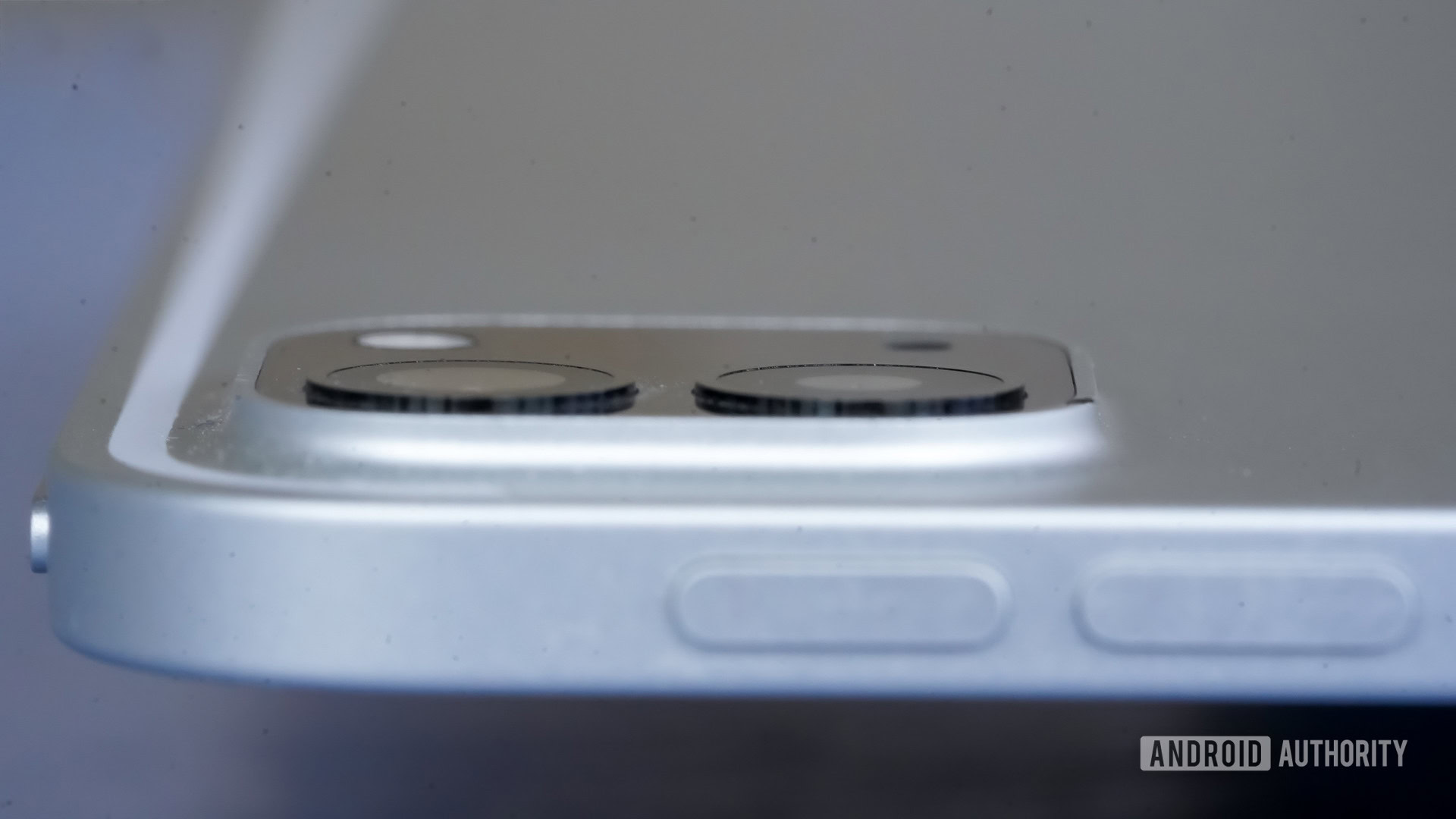
You probably saw the word LiDAR earlier in the review. It stands for light detection and ranging and is a fancy word for a time-of-flight (ToF) camera. The iPad Pro’s LiDAR hardware allows it to see three-dimensional shapes in a given space, such as the table and chairs in your kitchen. According to Apple, it’s chiefly employed in augmented reality apps. Apple hasn’t said too much about it.
An in-depth analysis of the LiDAR component demonstrates that it’s not high-resolution enough to help with portrait photography. On the other hand, it’s more than adequate for mapping rooms. The range is about 15 feet, so don’t expect to create 3D maps of a city block or even your backyard. While there are already a multitude of AR apps in the iTunes App Store, developers will need to specifically target the LiDAR camera to put it to full use.

The Apple iPad Pro has two cameras on the rear, a 10MP ultra-wide and a 12MP standard shooter. Let’s just say these are about the best cameras you’ll find on a tablet right now. It is immensely useful (though still awkward) to be able to snap a shot with the iPad rather than dig a cellphone out of your pocket. I admit I’ve done it more than once. The shots aren’t stunning, but they more than suffice.
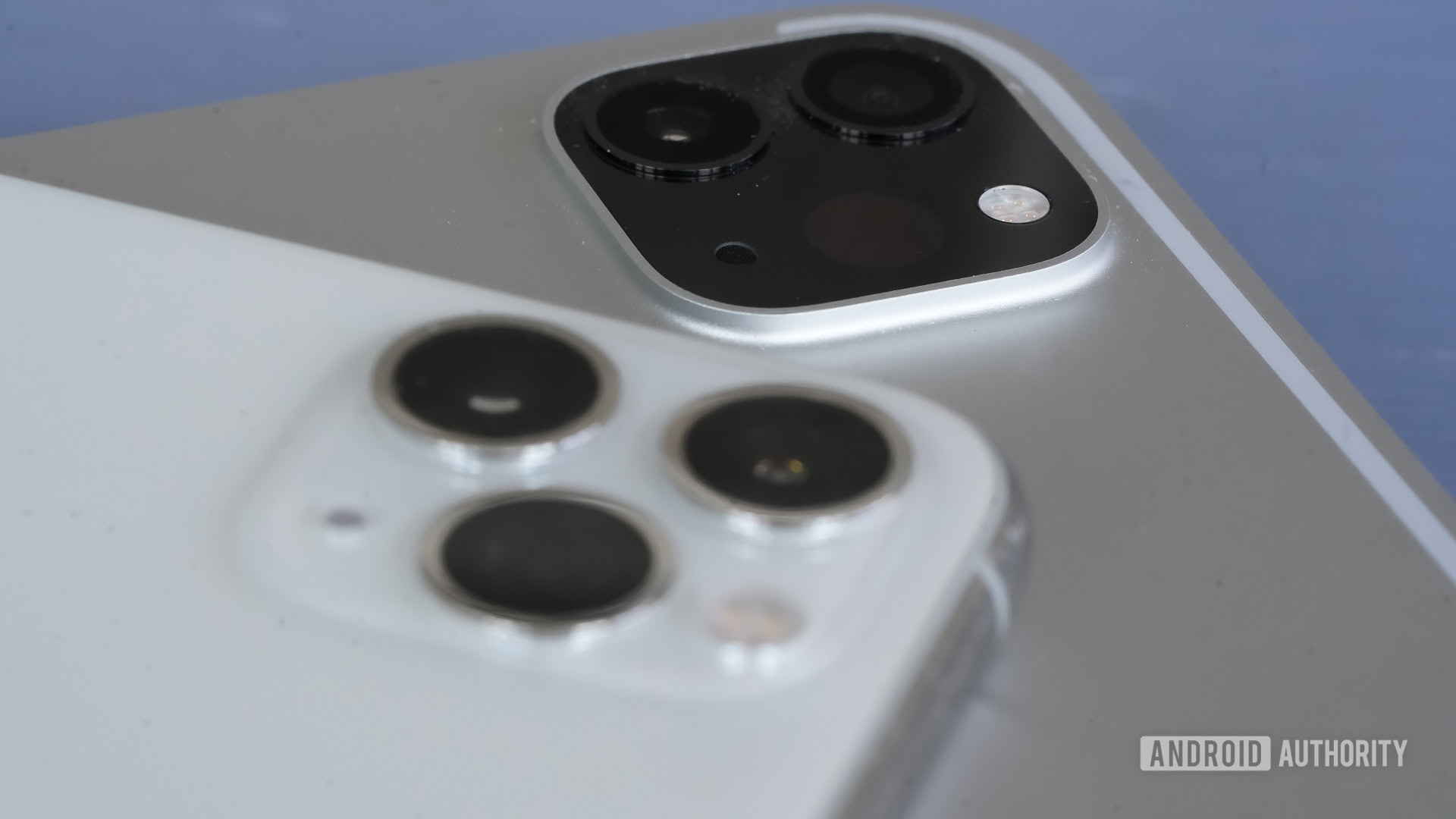
Apple did a great job with the speakers. The audio system ensures that you have stereo sound no matter how you hold the tablet. Moreover, bass frequencies are always routed to the lower speakers, and higher frequencies are pushed to the upper speakers. It creates a sound stage that’s simply not available on phones or even most laptops. (HUAWEI has mimicked this with its Harmon Kardon-tuned MatePad Pro speakers.) The iPad Pro also has multiple mics. Between the cameras and the mics, Apple envisions the iPad Pro could be a portable movie studio. (Okay, you can stop laughing now.)
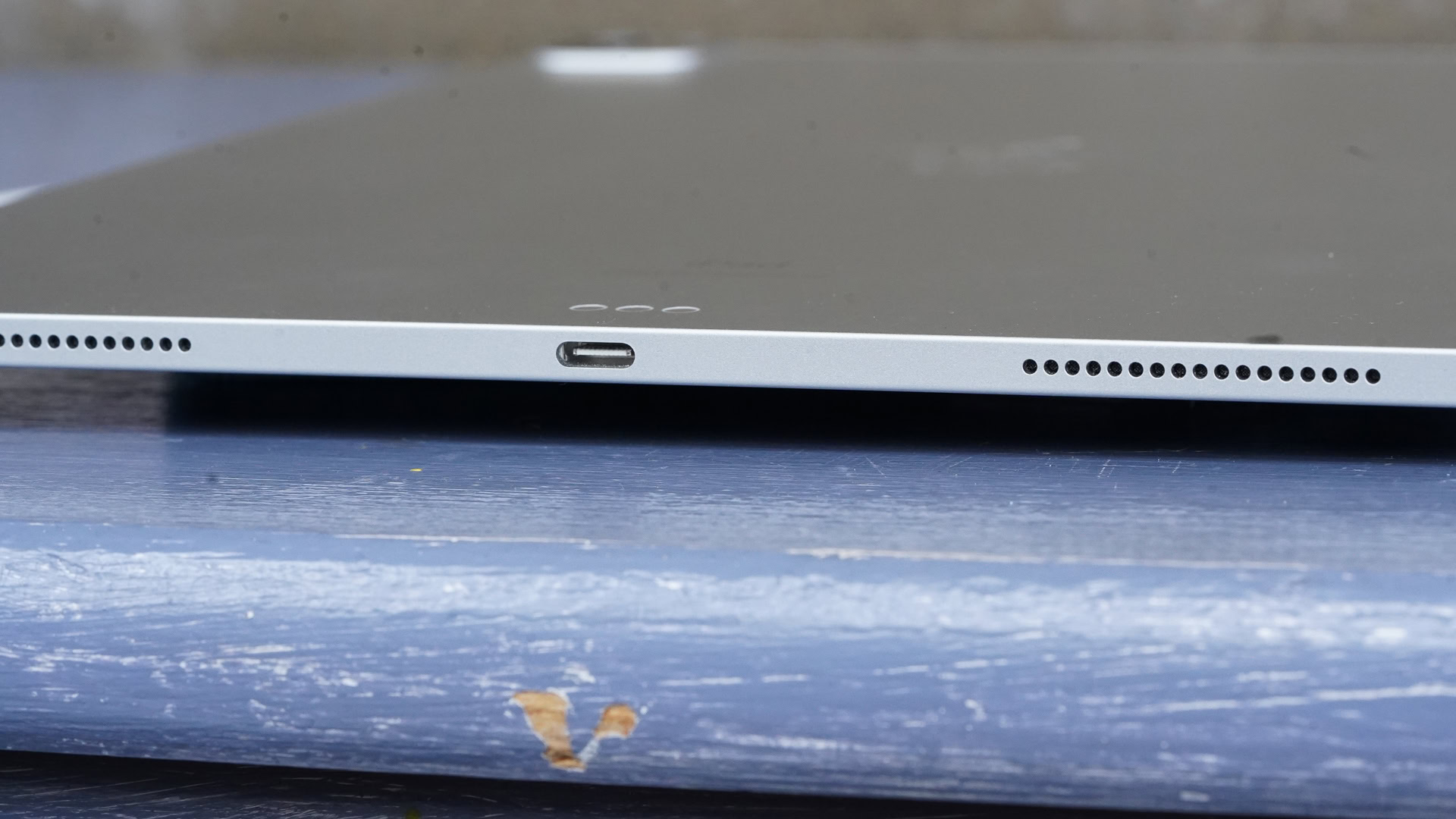
Apple iPad Pro review: Should you buy it?
- Apple iPad Pro 11-in — 128GB: $799
- Apple iPad Pro 11-in — 256GB: $899
- Apple iPad Pro 11-in — 512GB: $1,099
- Apple iPad Pro 11-in — 1TB: $1,299
- Apple iPad Pro 12.9-in — 128GB: $999
- Apple iPad Pro 12.9-in — 256GB: $1,099
- Apple iPad Pro 12.9-in — 512GB: $1,299
- Apple iPad Pro 12.9-in —1TB: $1,499
- *LTE models add $150
The Apple iPad Pro is truly expensive. Ranging from $799 to a staggering $1,649 (more than a 13-inch MacBook Pro), it is by definition a professional-grade device.
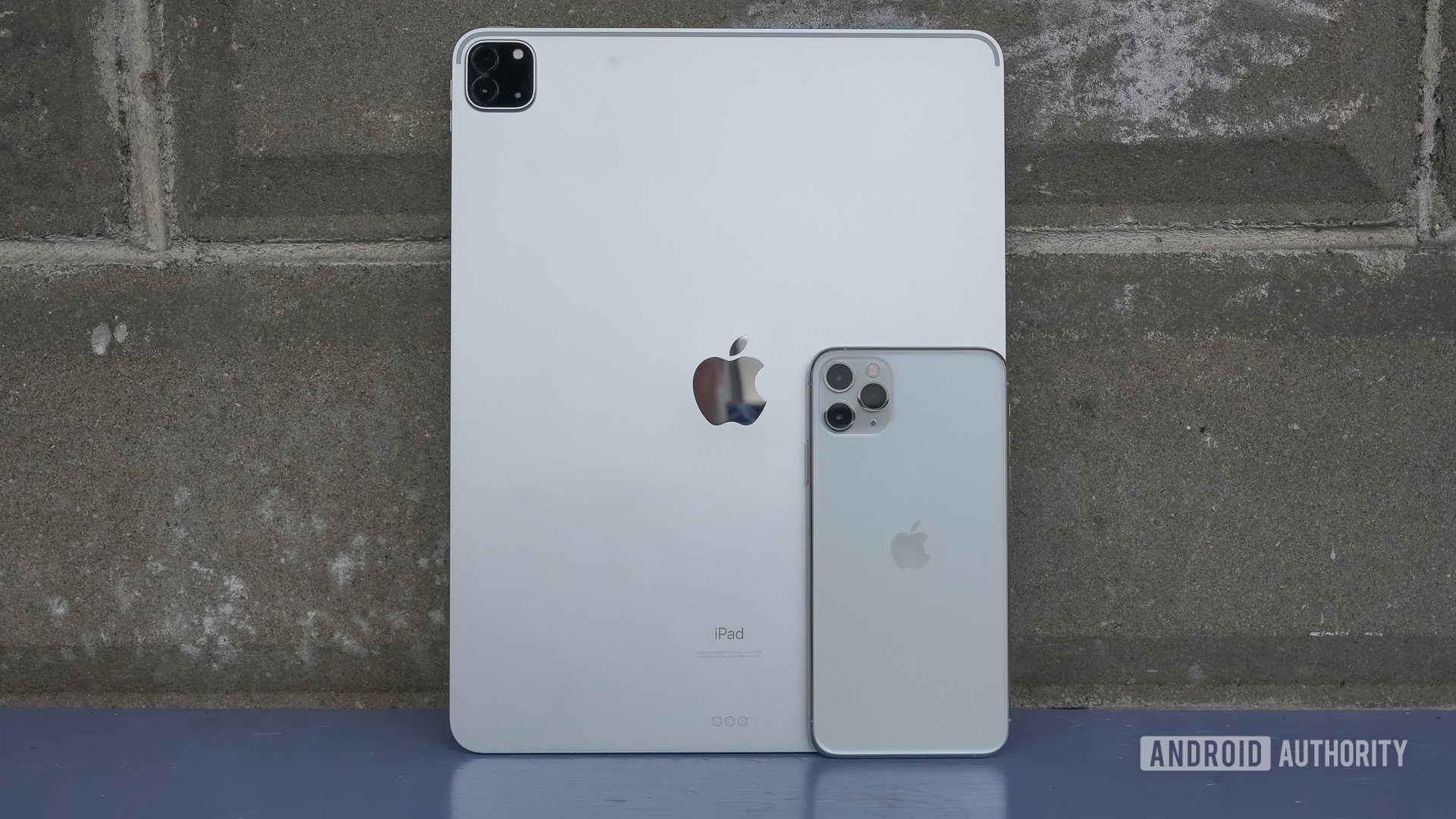
If the $799 starting price is too much, perhaps consider the newer (late 2019) seventh-generation iPad. With a 10.2-inch screen, it’s affordable and still powerful at $329. While we liked the Samsung Galaxy Tab S6, its software story is not as strong as that of the iPad’s. It is, however, more affordable since the $649 price includes the stylus and folio. The HUAWEI MatePad Pro may be an appealing piece of hardware, but it simply doesn’t have the apps. Chromebooks could also be an option, particularly if you like convertibles such as the ASUS Chromebook Flip C436. Chromebooks, however, are most often relegated to standard clamshell fare and the iPad has a better app story. Even newer machines, such as the Lenovo Chromebook Duet, aren’t much competition. The Duet is a Chromebook first and a slate second, thanks to its transforming design.
Unless you specifically need a Windows machine, the Apple iPad Pro is the tablet to buy. It delivers on display and build quality, speed and battery life, and camera and audio. Despite its idiosyncrasies, it manages to serve as a solid work machine no matter what work platform you rely on day in and day out. I’ve been using Google apps and services for 15 years and I can transition from my Android phone to a Chromebook to the Apple iPad Pro without missing a beat.
The iPad Pro is still the best Google tablet you can get.
Thank you for being part of our community. Read our Comment Policy before posting.